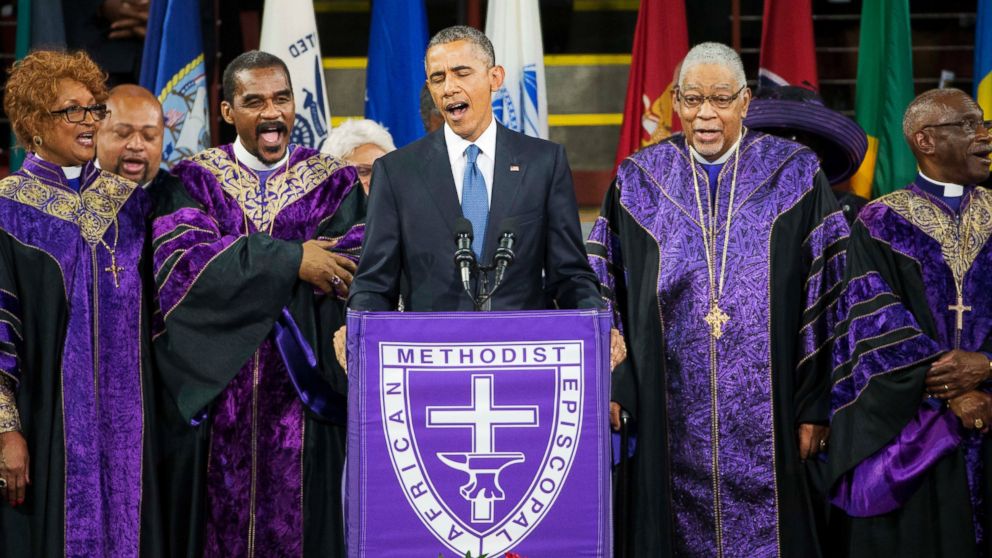
The attack on Emanuel African Methodist Episcopal Church, or "Mother Emanuel" as it is known in Charleston, elicited conversations on white supremacy, racism, and history, as well as triggered the removal of Confederate flags from public sites across the South.
What was your reaction to the shooting in Charleston? Amid months of attention and protests paid toward the killing of unarmed black men by police officers, what does this attack say about the current status of race and racism in America?
Do you have something to say about Charleston? Add your voice to the conversation tomorrow. To help prepare for the Salon check out 2015 Stowe Prize Winner Ta-Nehisi Coates's piece "What this cruel war was over" and the CT African American Affairs Commission's official statement on Charleston.
Stowe Salons at Lunch will take place every Wednesday from 12:00-1:00 pm in the Stowe Visitor Center throughout the summer. Bring your lunch and engage with us on the important issues of the day!





